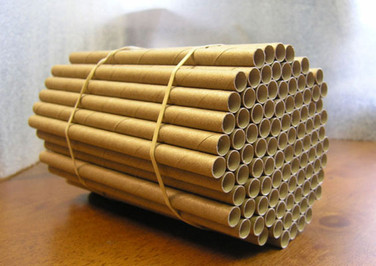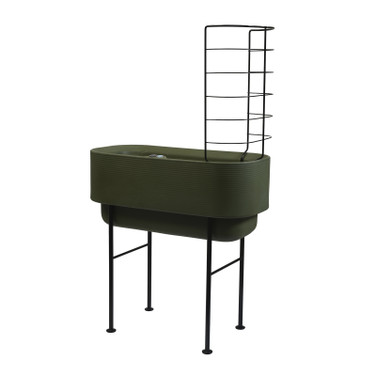Description
Native Orchard Mason Bees are widespread throughout North America. They are superb early season pollinators of fruit trees, strawberries, raspberries and blueberries - better than honeybees, because they're active in colder temperatures and their hairy bodies carry more of the pollen that fertilizes your blossoms. Each female Orchard Bee makes her own nest in a series of tubes, sealed with mud. They are useful, small and docile - they hardly ever sting unless severely provoked.
You can attract them to your garden with our nesting kits that provide exactly the right size holes the Orchard Bees are seeking in early Spring (March and April) when the recently mated female bees are looking for sheltered spots to lay their eggs. The female mason bees lay their eggs in the nest tubes. Here they hatch into larvae which the mother bee feeds with pollen from surrounding flowers. By mid-summer, the larvae turn into cocoons where they rest in their protective tube until they hatch as new adult bees the following spring.
Our Orchard Bee Nest kit has 68 separate 6" nesting tubes in a sturdy, weatherproof cylinder. Each tube is made from strong cardboard. Extensive research has shown that 6" tubes are preferred by the bees over short 4" holes drilled in wood blocks. The 6" tubes also insure a higher female ratio among the eggs produced.
Each nest comes with an informative leaflet. The kits are designed for the USA by Oxford Bee Company in association with Oxford University of England. Bees not included.
STANDARD KIT
- 3" diameter x 6-1/2" long with 52 nest tubes


















